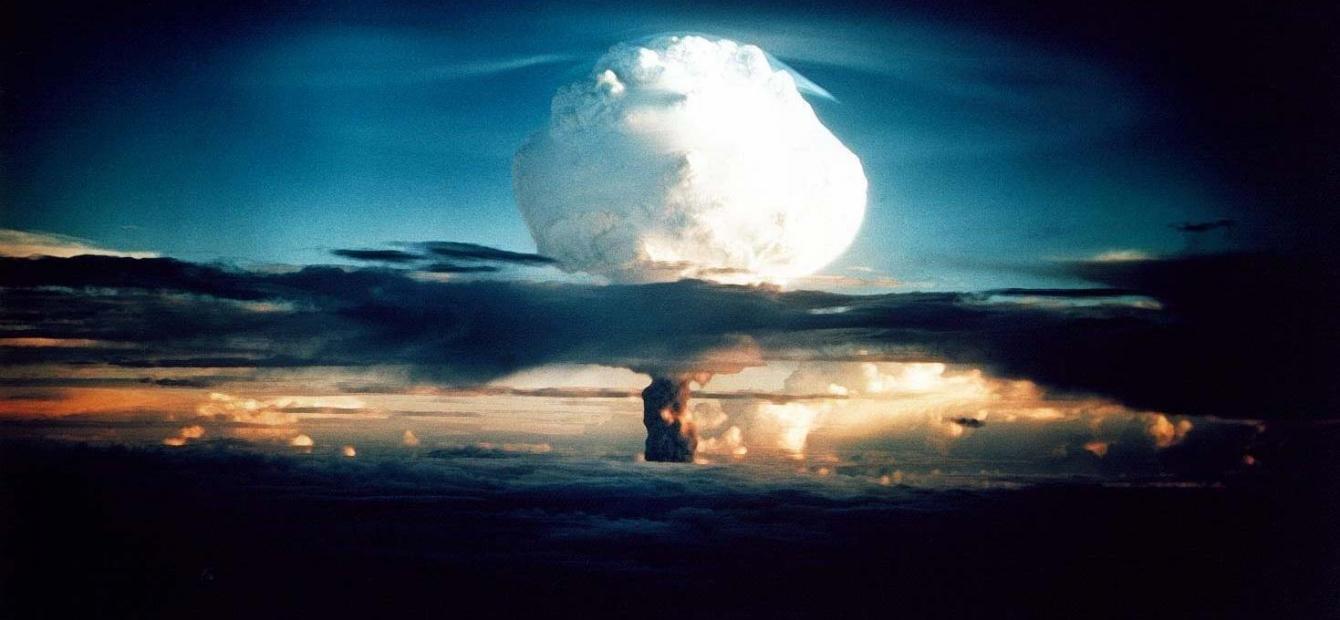
Nuclear arms control: The end of an era?
Arms control appears to be in a state of crisis. This Clingendael Spectator series explores the different dimensions of this global challenge. In the second episode: the return of nuclear weapons in international politics. Investments in arsenals have increased, rhetoric on nuclear weapons returned and arms control agreements are in trouble. Is nuclear war becoming an actual option?
While nuclear weapons may have disappeared from the attention of the general public after the end of the Cold War, they kept playing an important role in international relations. In the last few years they re-entered the spotlights: all nuclear-armed states are investing enormous amounts of money in modernising and expanding their arsenals, various nuclear arms control agreements are abandoned or under pressure and nuclear weapons are even back in political rhetoric by world leaders. What is happening?
Weapons not for use
Only two nuclear weapons have ever been used in war: the bombs destroying the Japanese cities of Hiroshima and Nagasaki in 1945. Those two rather primitive nuclear bombs killed approximately 105,000 people immediately and many more people died later due to injuries.1
Even today, survivors and their descendants suffer from health problems caused by the radiation released by the bombs.
Simplified, the fact that nuclear weapons have not been used in warfare after 1945 has two reasons. Firstly, nuclear weapons proved to be so destructive that only threatening to use them was enough to make them effective policy tools.
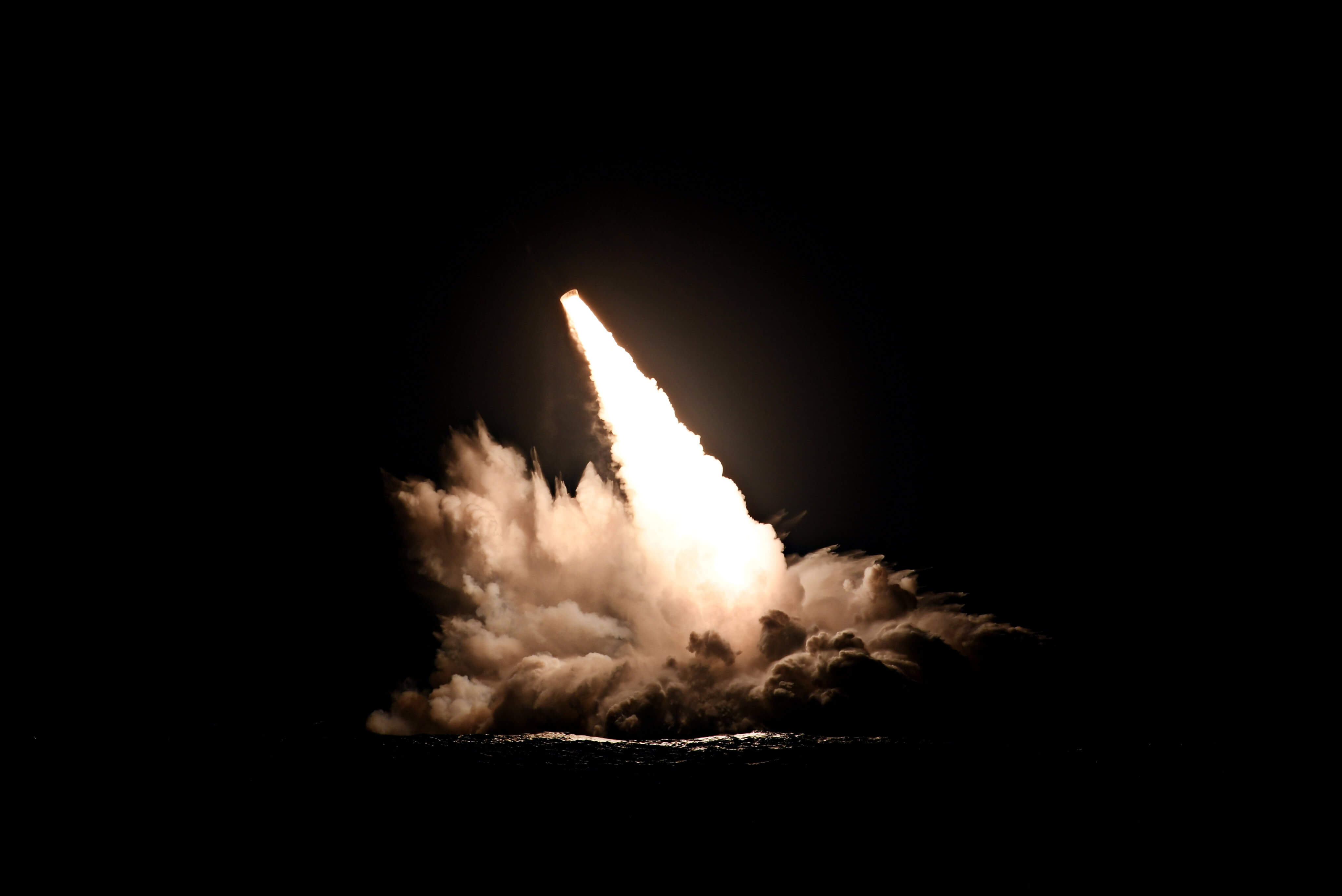
Attacks from other states could be deterred just by having the ability to use nuclear weapons, since any attack could result in a nuclear counter-attack which the attacking state would not survive.
Climate scientists warn for serious climate problems resulting from nuclear war
Next to this practical consideration, there is also an ethical aspect: nuclear weapons are generally considered to be too horrible to be used because of their humanitarian consequences. Apart from the potentially huge number of victims in nuclear war, the radiological fall-out causes long-term health consequences for survivors and their descendants.
Moreover, climate scientists warn for serious climate problems resulting from nuclear war. The so-called ‘nuclear winter’ effect causes a drop in global temperature because ash and soot in the atmosphere would block the sunlight.2 In case of a relatively limited nuclear war, this effect may already cause famine all over the world, and in case of a large-scale nuclear war it may even extinct humankind.3
A recent scenario by Princeton University showed that a conflict between the US and Russia escalating to nuclear weapon use could cause more than 90 million people dead and injured within only the first few hours of the conflict.4
Successes in arms control
Soon after the bombings of Hiroshima and Nagasaki, politicians in many countries started urging for international agreements to prevent the production and use of nuclear weapons. This led to many decades of nuclear arms control negotiations with many impressive results. To mention only a few successes:
Non-Proliferation Treaty
The Non-Proliferation Treaty (NPT), dating from 1968, prohibits states from obtaining nuclear weapons. The five states that had already developed nuclear weapons by 1968 - the United States, the Soviet Union, China, the United Kingdom and France - promised in the treaty to work towards elimination of their stockpiles.
The treaty is very effective: it almost halted the proliferation of nuclear weapons over the world. After 1968 only five more states developed nuclear weapons: Israel, South Africa, India, Pakistan, and North Korea (South Africa dismantled its nuclear weapons in 1989).
Comprehensive Test Ban Treaty
The Comprehensive Test Ban Treaty (CTBT), dating from 1996, preceded by the Partial Test Ban Treaty (PTBT) of 1963, prohibits nuclear test explosions. Even though the treaty did not yet enter into force because some required ratifications are missing, it effectively set a broadly supported norm against nuclear testing.
Since the US and the Soviet Union together possessed more than 90 percent of all nuclear weapons, agreements among them had a huge influence
Bilateral arms control agreements
Various bilateral arms control agreements between the US and the Soviet Union (and later Russia) were highly successful as well. Being by far the largest possessors of nuclear weapons (together these two states possess more than 90 percent of all nuclear weapons), agreements among them had a huge influence.
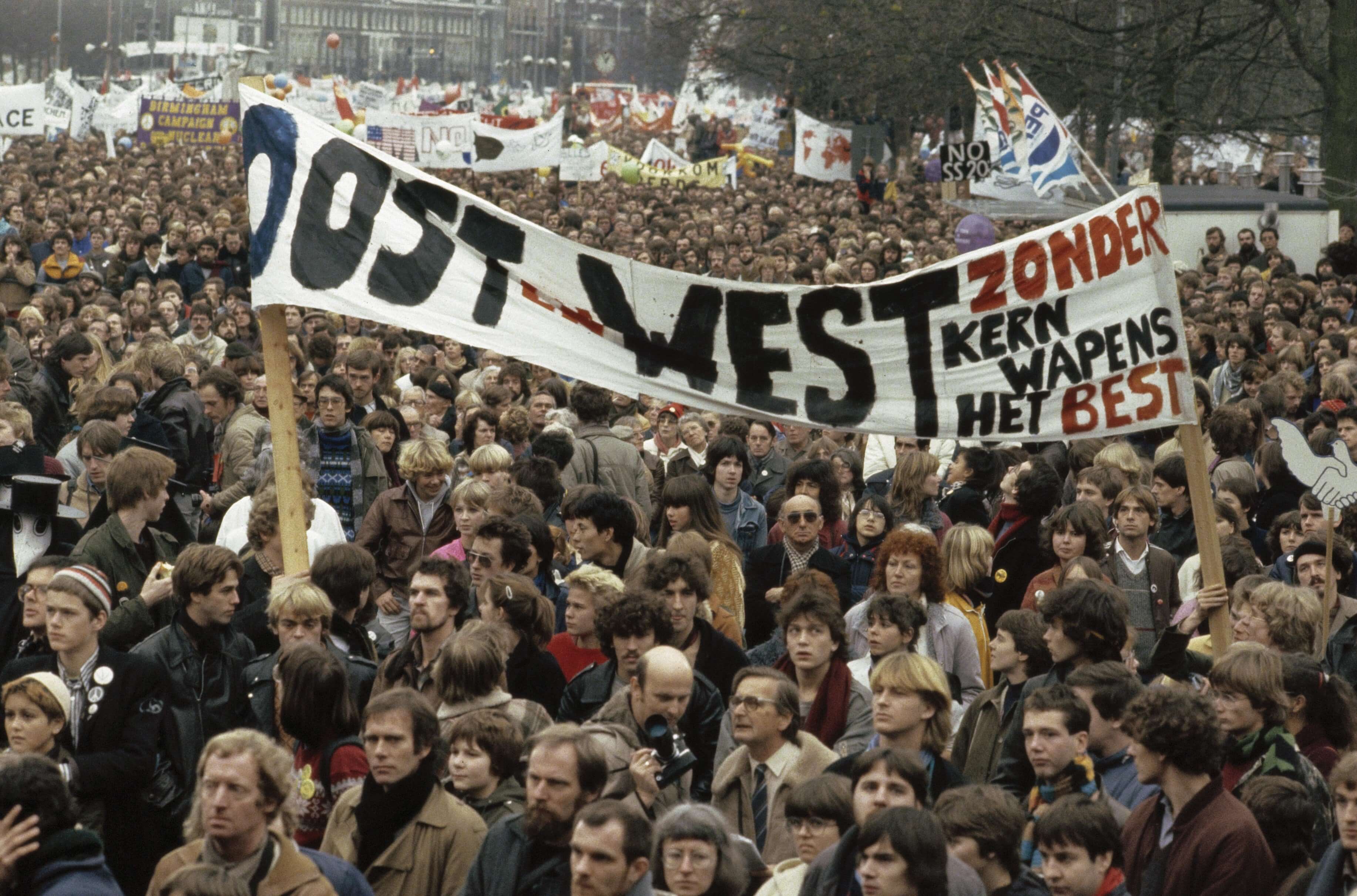
Especially the series of treaties limiting the maximum number of deployed nuclear weapons in both countries caused the total number of nuclear weapons in the world to drop from almost 70,000 in the 1980s to some 15,000 nowadays.5 The latest treaty in this series is New START, signed in 2010.
The US and the Soviet Union also negotiated agreements on banning specific types of nuclear weapons or related systems, such as anti-ballistic missile systems in the Anti-Ballistic Missile (ABM) Treaty of 1972 and ground-launched intermediate-range missiles in the Intermediate-Range Nuclear Forces (INF) Treaty of 1987.
Declining public attention
For many years after the end of the Cold War, the risk of nuclear weapons seemed to be taken care of and faded from public attention. The various arms control agreements did their work, the number of nuclear arms decreased and almost no-one talked about using them anymore.
Something went wrong. The decrease in nuclear arms slowed down and nuclear deterrence continued to be a keystone of defence policies in the nuclear armed states
Yet, something went wrong. The trend of decreasing numbers slowed down and nuclear deterrence continued to be a keystone of defence policies in the nuclear armed states and their allies. Moreover, of the five states that developed nuclear weapons after the NPT came into existence, three tested their first nuclear bombs several years after the end of the Cold War: India and Pakistan in 1998, North Korea in 2009.
It is hard to pinpoint when the first clear cracks in the nuclear arms control system appeared. It may well have been the unilateral US withdrawal from the ABM Treaty in 2002, or maybe the enlargement of NATO in the late 1990s, which increased distrust in Russia about the intentions of the US and its European allies.
Even though nuclear disarmament ideas got some new boost when President Barack Obama entered the White House in 2009, in practice he achieved very little.
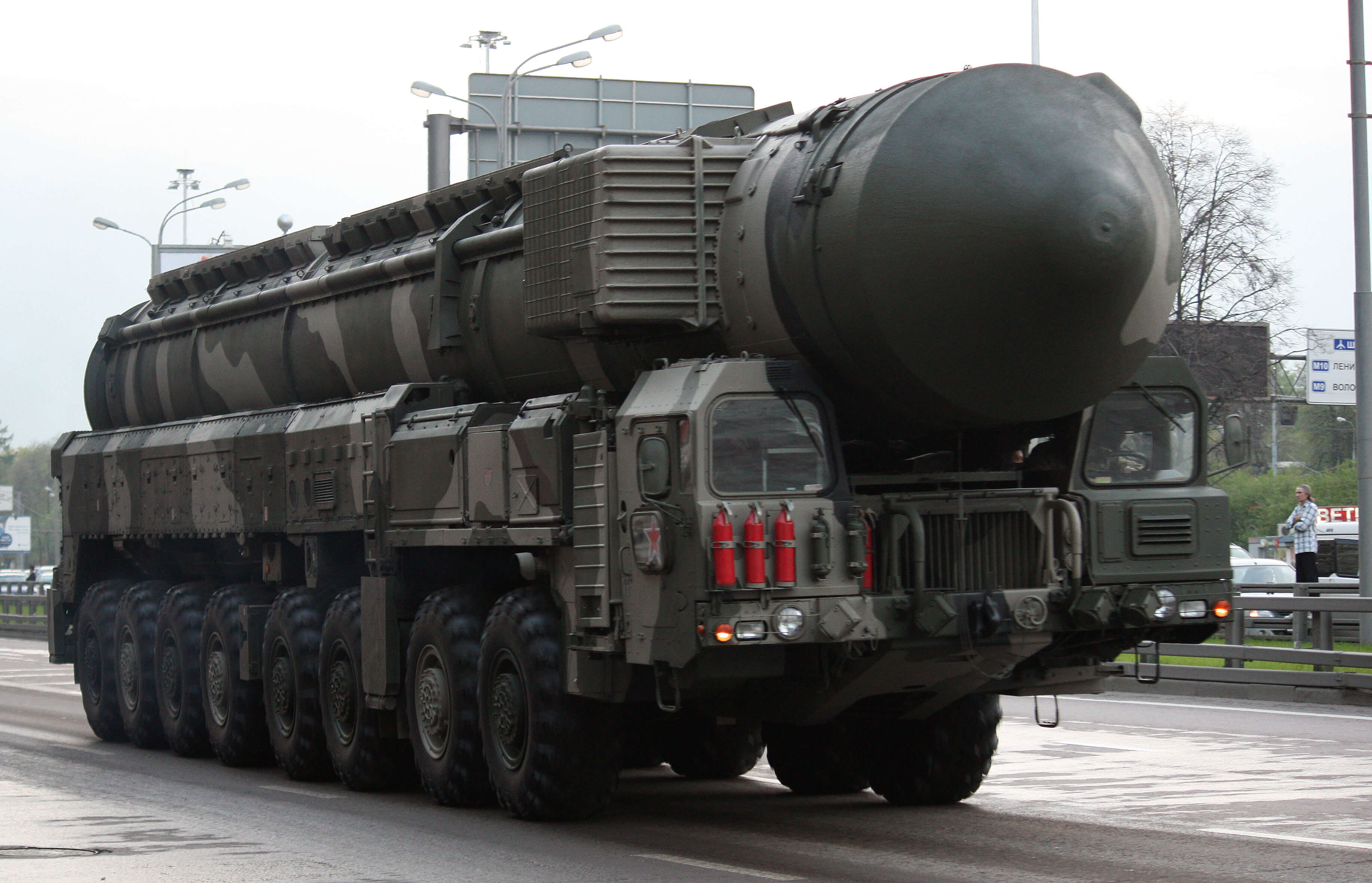
Trillions of dollars
Slow and (for most people) hardly visible developments brought us to the current situation: all nine nuclear armed states are investing heavily in modernising and/or increasing their nuclear arsenals and related delivery systems, such as missiles.6
The US modernisation programme alone is already estimated to cost between 1.2 and 1.5 trillion US dollars.7
Some investments in nuclear weapons are dangerously lowering the threshold for use as well as blurring the line between conventional and nuclear weapons
Some investments, for example in low-yield nuclear weapons and cruise missiles with nuclear warheads, are dangerously lowering the threshold for use as well as blurring the line between conventional and nuclear weapons. This may more easily lead to nuclear war because of misperceptions.
Moreover, nuclear weapons are back in political rhetoric: leaders of nuclear armed states are openly boasting about their arsenals and threatening to use them.8
Combined with other geopolitical developments, such as the Russian annexation of the Crimea and support of armed rebels in eastern Ukraine, tensions in the international strategic environment increased even further. While tensions grew, trust in nuclear arms agreements dropped.
Arms control under stress
In 2018 the US withdrew unilaterally from the nuclear deal with Iran (officially: the Joint Comprehensive Plan of Action, or JCPOA). President Donald Trump stated it was “a horrible, one-sided deal that should have never, ever been made”, especially because it still allowed Iran a residual (though very restricted) nuclear programme and did not include limits on Iran’s “other malign behaviour.”9
After the US withdrawal from the nuclear deal with Iran, many states will doubt whether they could trust any promise by the US
The US withdrawal came only after Iran had significantly downscaled its nuclear programme and was in full compliance with the deal. This is why the US withdrawal is expected to have a long-time negative influence on any diplomatic arms control and non-proliferation negotiations: many states will doubt whether they could trust any promise by the US.
In 2019 both the US and Russia withdrew from the INF Treaty after accusing each other of violating it. The unwillingness of both sides to save the treaty was a clear show of distrust. Especially Europe, which is in the direct range of the missiles that were prohibited under the INF Treaty, expressed worries about its demise
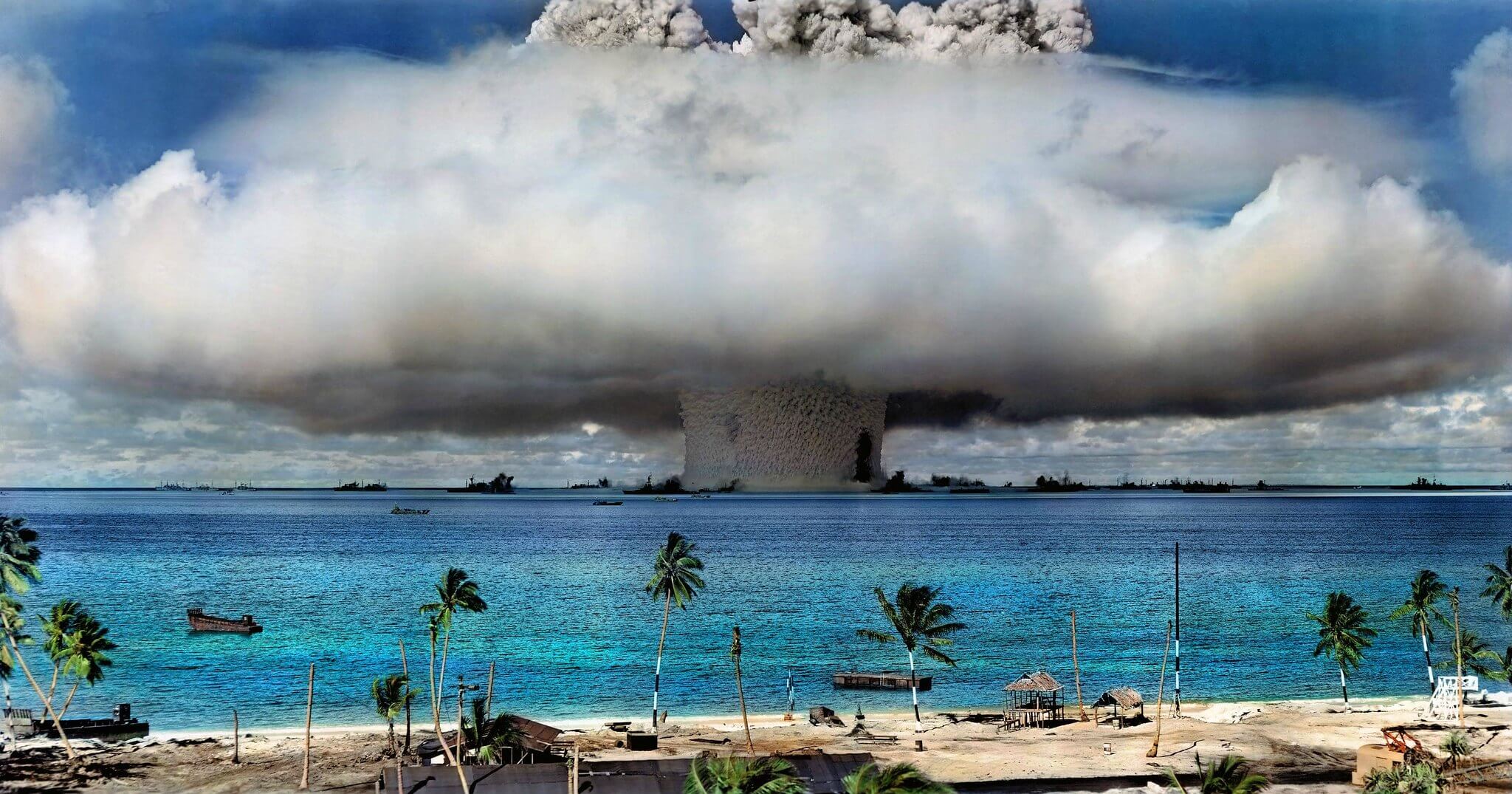
The US signalled that a new agreement on some categories of (nuclear) missiles could be negotiated, but only if China would be involved. Yet, China reiterated that it would only join any nuclear weapons-related negotiations after the US and Russia would have reduced their nuclear arsenals significantly; while China has some 290 nuclear weapons, the US and Russia possess more than 6000 each.10
Meanwhile, the New START Treaty is due to expire in February 2021. Russia has expressed a wish to extend or renew the treaty several times, but so far the US has been reluctant to engage in any serious talks on the issue.
Many non-nuclear armed states complain about the lack of nuclear disarmament by the five nuclear armed NPT-member states
Many experts fear that New START will not be extended or succeeded, which means that both the US and Russia are free to deploy as many nuclear weapons as they wish.11 This risks a new Cold War style arms race including increased instability and dangerous escalation potential.
Also in 2019, the US accused Russia of violating the CTBT by secretly conducting limited nuclear weapon testing. Even though the CTBT did never enter into force - one of the main reasons being the US’ unwillingness to ratify the treaty - this non-substantiated accusation could damage trust in the CTBT and sour US-Russian relations even more.
Cornerstone under pressure
In the meantime, the NPT, often called ‘the cornerstone of the global non-proliferation regime’, also faces increasing criticism.
For several years, many non-nuclear armed states complain about the lack of nuclear disarmament by the five nuclear armed NPT-member states, who in Article 6 of the treaty promised to “to pursue negotiations in good faith on effective measures relating to cessation of the nuclear arms race at an early date and to nuclear disarmament, and on a treaty on general and complete disarmament under strict and effective international control.”12
The investments and rhetoric described above are only fuelling this frustration further. The 2015 NPT Review Conference failed to reach any consensus document. The prospects for the next Review Conference in 2020 are not very optimistic either, and another disappointment bears the risk of decreasing the international support for this key treaty.13
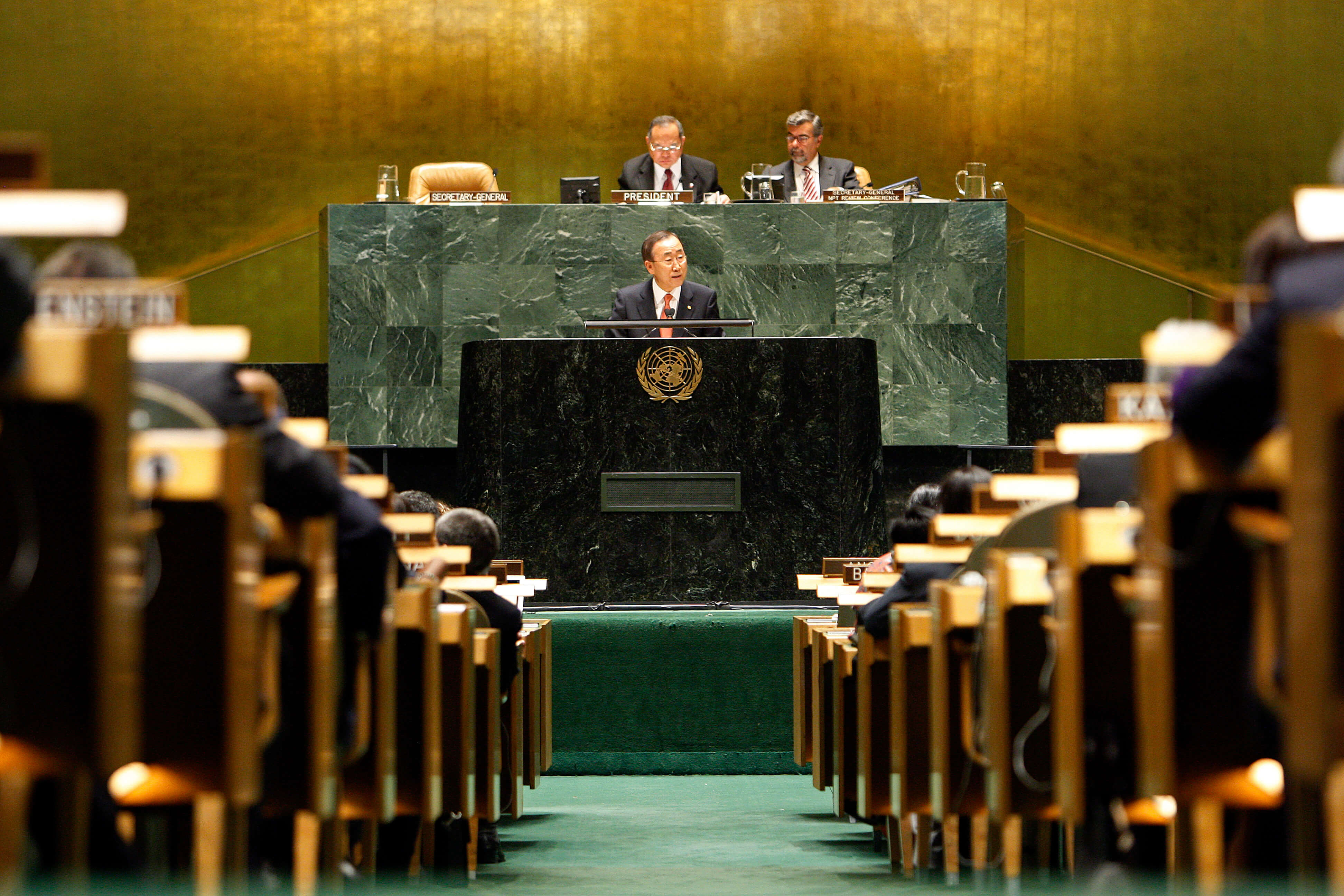
In 2017 a new treaty against nuclear weapons was established: the Treaty on the Prohibition of Nuclear Weapons (TPNW). This treaty, which does not just prohibit the production of nuclear weapons like the NPT, but also the possession and use of them, causes some polarisation among states.14
Some consider the treaty as a much needed strengthening of the nuclear taboo, others see it as undermining the NPT because it lacks verification mechanisms and distracts states from the important yet complicated work in the NPT context.
Especially the non-involvement of any of the nuclear-armed states causes criticism that the treaty is not contributing to actual disarmament. Yet, the fact that the TPNW movement creates much attention for the nuclear weapons issue outside the small circle of ‘usual suspects’ deserves merit.
New times, new agreements?
Why is nuclear arms control, after decades of success, currently under pressure? Increasing distrust among key states may be the most important factor.
Yet, the changing geopolitical environment in general plays a role as well: instead of the bipolar Cold War environment (US versus Soviet Union) and the almost unipolar situation in the years after the end of the Cold War, the trend is now towards a multipolar world in which more states gain big power status – think only of China’s rising star. Similarly, more states are investing in nuclear weapons and their delivery systems than before as well.
Old arms control agreements did not take into account modern technological developments
At the same time, new technological developments may make arms control agreements dating from the Cold War era look outdated. Those old agreements did not take into account modern technologies such as hypersonic missiles, artificial intelligence, space weapons and cyber threats. These developments may make modernized arms control agreements desirable.
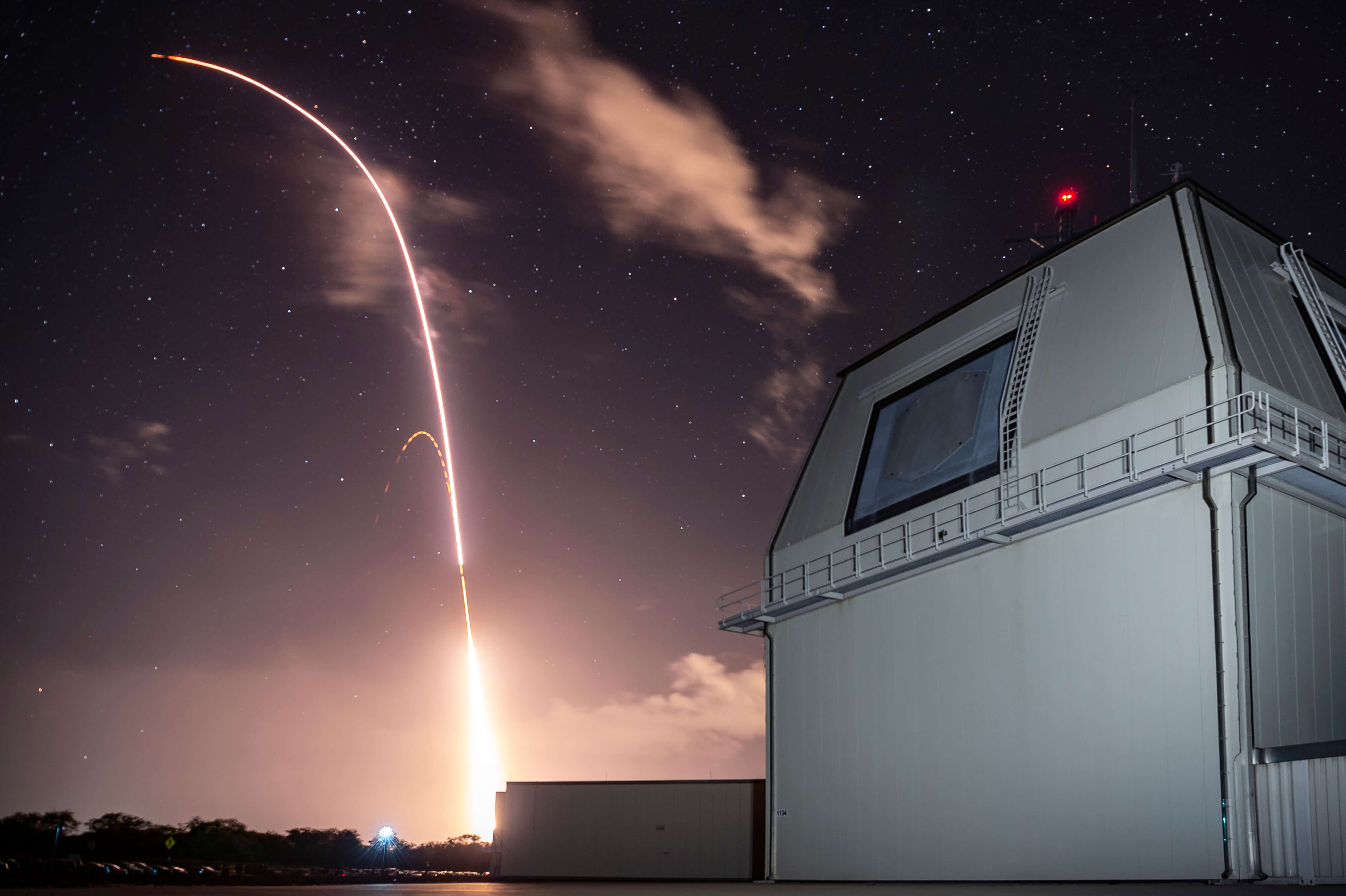
Risk of nuclear escalation
Whatever the exact reason behind the decreasing trust in nuclear arms control may be, the demise of agreements and the lack of negotiations to replace them is certainly a worrying development. Arms control is not an ideological issue, but a security issue. Arms control agreements aim to prevent arms races, instability and escalation, which in the end benefits all parties involved, nuclear-armed or not.
Especially with regard to nuclear weapons, a continuing demise of trust in arms control is even more risky. Even though currently only nine states possess nuclear weapons, a lowering nuclear threshold and an increasing risk of nuclear escalation may seriously affect the rest of the world as well.
Especially in times of crisis and quickly escalating tensions, miscommunication and misperceptions could create a situation in which a conflict may escalate to a nuclear level
Even though the moral taboo on actually using nuclear weapons may still be strong, the increasing investments in nuclear weapons, the re-emerging political rhetoric about them and the continuing demise of nuclear arms control agreements show that one cannot exclude that nuclear war may become an actual option at some moment.
To keep their nuclear deterrence credible, the nuclear-armed states have to show that they are ready to use their nuclear weapons at any desired moment. Especially in times of crisis and quickly escalating tensions, miscommunication and misperceptions (or outright failures by humans or machines) could create a situation in which a conflict may escalate to a nuclear level without anyone actually aiming for that.
Unfortunately there are already many examples in history of ‘near misses’ in which nuclear weapons were almost used.15
Optimism
Yet, there is still some room for optimism. Some nuclear arms control agreements are still in place, including the most important one of all, the NPT. Attention among policy makers and the broader public for the issue is increasing all over the world, not least because the climate change caused by any nuclear war fits in the global worries about climate change in general.
Even though the political-military threshold for nuclear weapons use may be lowering, the moral taboo to do so is still strong. Yet, to prevent nuclear weapons to be used, on purpose or by mistake, new initiatives to rescue and renew nuclear arms control can only be welcomed.
- 1See atomicarchive.com: The atomic bombings of Hiroshima and Nagasaki.
- 2See Local Nuclear War
- 3 ‘How an India-Pakistan nuclear war could start – and have global consequences’, Bulletin of the Atomic Scientists, 31 October 2019.
- 4See Princeton University
- 5See ‘Status of world nuclear forces’, Federation of American Scientists.
- 6 ‘Modernization of world nuclear forces continues despite overall decrease in number of warheads’, SIPRI.
- 7According to the Arms Control Association.
- 8See for example: ‘Trump’s loose talk on nuclear weapons suddenly becomes very real’, The Washington Post.
- 9 ‘Remarks by President Trump on the Joint Comprehensive Plan of Action’, The White House.
- 10See ‘Nuclear weapons: Who has what at a glance’, Arms Control Association.
- 11See for example: ‘The INF Treaty is dead. Is New START next?’, Foreign Policy.
- 12See the Non-Proliferation Treaty.
- 13 ‘Unmet promise: The challenges awaiting the 2020 NPT Review Conference’, Arms Control Association.
- 14See for example: ‘The NPT and the TPNW: Compatible or conflicting nuclear weapons treaties?’, SIPRI.
- 15 ‘Too close for comfort: Cases of near nuclear use and options for policy’, Chatham House Report.


